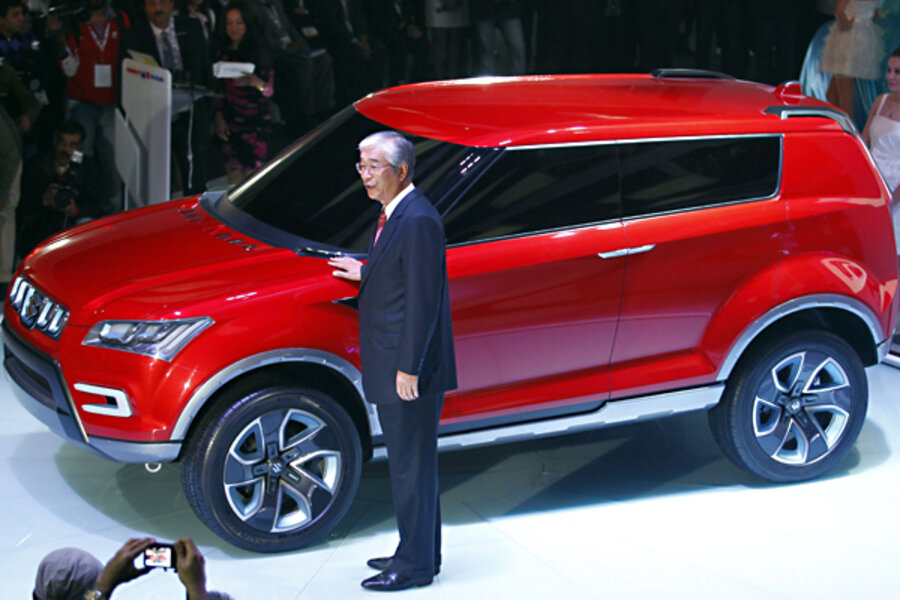How do consumers use engine efficiency? On bigger, faster cars.
Auto companies have made great strides in improving engine efficiency in recent decades. But those improvements haven’t done much to improve the fuel economy of America’s passenger car fleet. Instead, consumers have “spent” most of those efficiency improvements on bigger, faster cars.
MIT economist Christopher Knittel has carefully quantified these tradeoffs in a recent paper in the American Economic Review (pdf; earlier ungated version here). As noted by Peter Dizikes of MIT’s News Office:
[B]etween 1980 and 2006, the average gas mileage of vehicles sold in the United States increased by slightly more than 15 percent — a relatively modest improvement. But during that time, Knittel has found, the average curb weight of those vehicles increased 26 percent, while their horsepower rose 107 percent. All factors being equal, fuel economy actually increased by 60 percent between 1980 and 2006, as Knittel shows in a new research paper, “Automobiles on Steroids,” just published in the American Economic Review.
Thus if Americans today were driving cars of the same size and power that were typical in 1980, the country’s fleet of autos would have jumped from an average of about 23 miles per gallon (mpg) to roughly 37 mpg, well above the current average of around 27 mpg. Instead, Knittel says, “Most of that technological progress has gone into [compensating for] weight and horsepower.”
This is a fine example of a very common phenomenon: consumers often “spend” technological improvements in ways that partially offset the direct effect of the improvement. If you make engines more efficient, consumers purchase heavier cars. If you increase fuel economy, consumers drive more. If you give hikers cell phones, they go to riskier places. If you make low-fat cookies, people eat more. And on and on. People really do respond to incentives.







